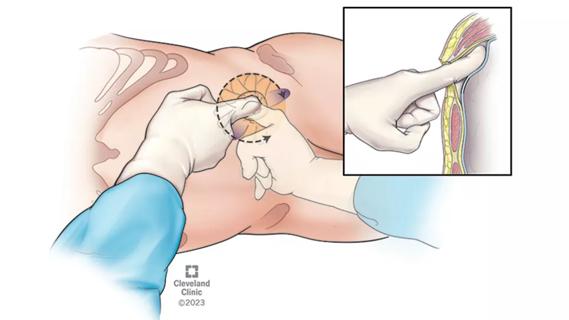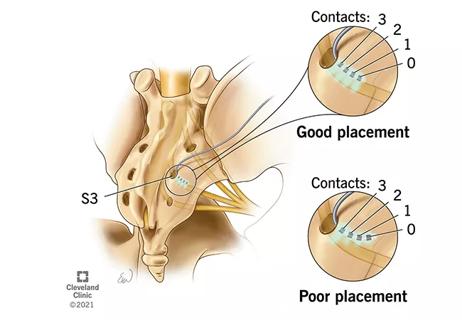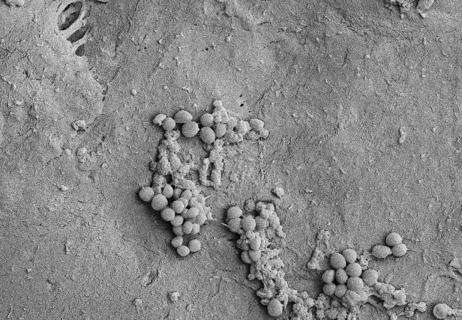While the retropubic approach is popular, is the perineal approach equally effective and less invasive?
Advertisement
Cleveland Clinic is a non-profit academic medical center. Advertising on our site helps support our mission. We do not endorse non-Cleveland Clinic products or services. Policy
Robotic-assisted laparoscopic radical prostatectomy (RALP) via the retropubic approach is the most commonly used procedure to treat localized prostate cancer in the United States. But could there be a less invasive alternative?
Our team at Cleveland Clinic Glickman Urological & Kidney Institute is exploring that question. Throughout thousands of cases, I and other urologic surgeons have tried to refine the retropubic approach, changing how and where we cut, how we close incisions, and countless other details. We’ve looked for ways to improve surgical options for patients who are obese or have abdominal scar tissue. We have developed a robotic technique using a perineal approach (radical perineal prostatectomy) that offers a more minimally invasive surgical route.
After thoroughly exploring radical perineal prostatectomy in a cadaveric model, we have gone on to assess the clinical feasibility of the technique in patients with localized prostate cancer. The transabdominal approach was contraindicated in our initial cohort of four patients due to previous abdominal surgeries, adhesions or morbid obesity. All had undetectable prostate-specific antigen postoperatively.
Since then, we have used robotic-assisted radical perineal prostatectomy in 12 patients with excellent outcomes. We noticed that urine control is almost immediate after Foley removal and postoperative pain was minimal. There was no need to keep a wound drain after surgery and blood loss was minimal in all cases.
Robotic-assisted radical perineal prostatetcomy avoids the intra-abdominal cavity and has been shown to be oncologically safe, with excellent urine control and a short hospital stay.
Advertisement
Watch the video below to learn more about robotic radical perineal prostatectomy and see Dr. Kaouk perform the procedure.
Dr. Kaouk is the Director of the Center for Advanced Laparoscopic and Robotic Surgery in Cleveland Clinic’s Glickman Urological & Kidney Institute and is Professor of Surgery at Cleveland Clinic Lerner College of Medicine.
Advertisement
Advertisement

Pioneering and refining the approach in pyeloplasty, nephrectomy and more

Unlike earlier pills, new drugs do not cause liver toxicity

Male factors play a role in about half of all infertility cases, yet men often are not evaluated

Hadley Wood, MD, shares her vision as the new editor-in-chief of Urology

Study leverages data from the ROSETTA trial

More on the procedure and the institutional experience

Explain some, but not all, of lower utilization

Study analyzes device biofilms, establishes basis for future developments